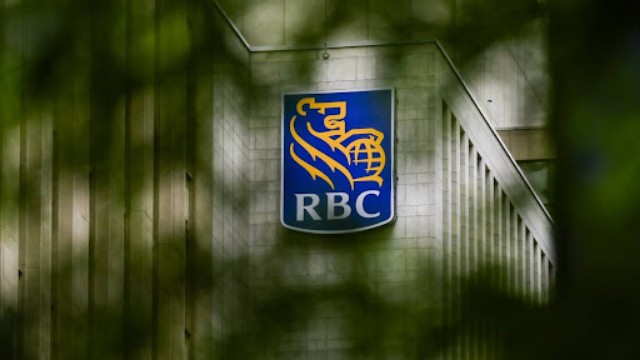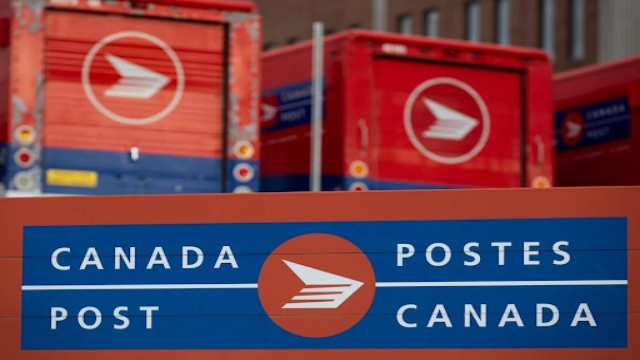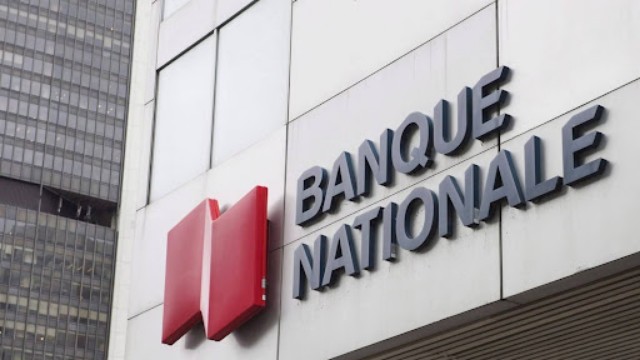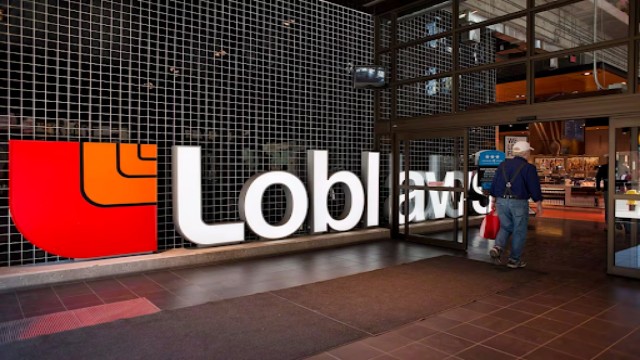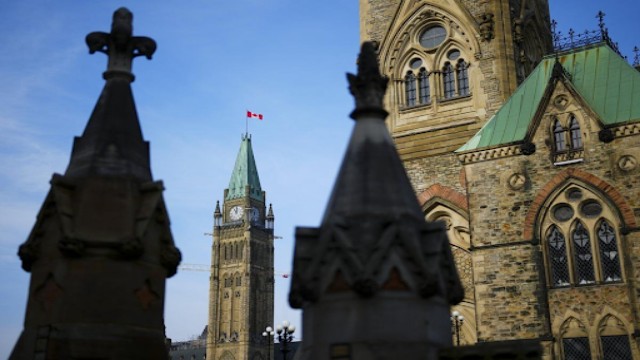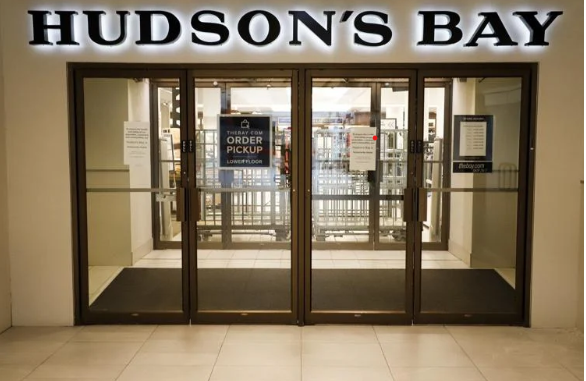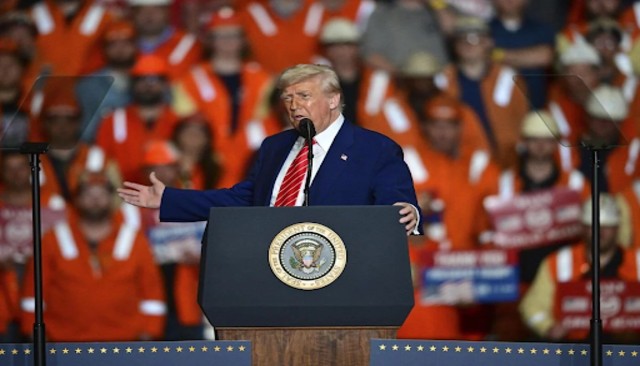
At a recent rally, U.S. President Donald Trump told his supporters that he wants to raise the tax on steel coming into the country, increasing it to 50 percent.
Former U.S. President Donald Trump announced on Friday a sharp increase in tariffs on imported steel, raising the rate from 25% to 50%. The announcement was made at a U.S. Steel plant in West Mifflin, Pennsylvania, where Trump was met with cheers from steelworkers.
Addressing the crowd, Trump said this move would better protect American steel jobs and keep the industry strong. He noted that while he originally considered a 40% tariff, industry leaders convinced him to go higher. “At 25%, they can climb over the fence,” he said. “At 50%, nobody’s getting over it.”
The new tariffs are set to begin on Wednesday, June 4. Trump shared the update on his Truth Social platform, stating that this was another step in bringing back America’s steel and aluminum industries. “This is a huge win for our workers,” he wrote.
Back in March, Trump had already reimposed a 25% tariff on all steel and aluminum imports. That decision led to pushback from Canada and the European Union, as well as concern from the American auto sector, which warned of higher costs. Despite the backlash, Trump argued on Friday that the tariffs were essential. Without them, he claimed, America’s steel industry would have been lost to foreign competitors.
Supporters of the tariffs say they give domestic producers a fighting chance, helping factories stay open and jobs remain local. But critics warn that higher steel prices could hurt other industries, such as construction and manufacturing, by raising their material costs.
Government data shows the U.S. imported over $31 billion worth of iron and steel last year, with Canada being the top exporter, supplying around $7.6 billion of it. Though tariffs have spurred some growth in American steel production since 2018, a 2023 government study noted that rising steel prices led to job losses and a drop in manufacturing output worth over $3 billion by 2021.
Trump used powers under a law known as Section 232, which lets presidents raise tariffs for national security reasons. It’s the same legal basis he used during his first term to shield U.S. industries from foreign competition.
Alongside the tariff announcement, Trump also touched on another major development: the pending sale of U.S. Steel to Japan’s Nippon Steel. Though he had previously opposed the deal—echoing concerns shared by President Biden—Trump said on Friday that he now supports it.
According to Trump, the deal changed significantly over time. He said that with the addition of a “golden share”—which gives the U.S. government some influence over company decisions—the agreement became more favourable to American workers.
Trump told the crowd that he would continue to “watch over” the deal and promised that both the new tariffs and the Nippon agreement would strengthen the future of American steel.
Ending his speech, Trump invited steelworkers on stage to share their stories and show support. “This is going to be one of the most important days in your lives,” he said.



